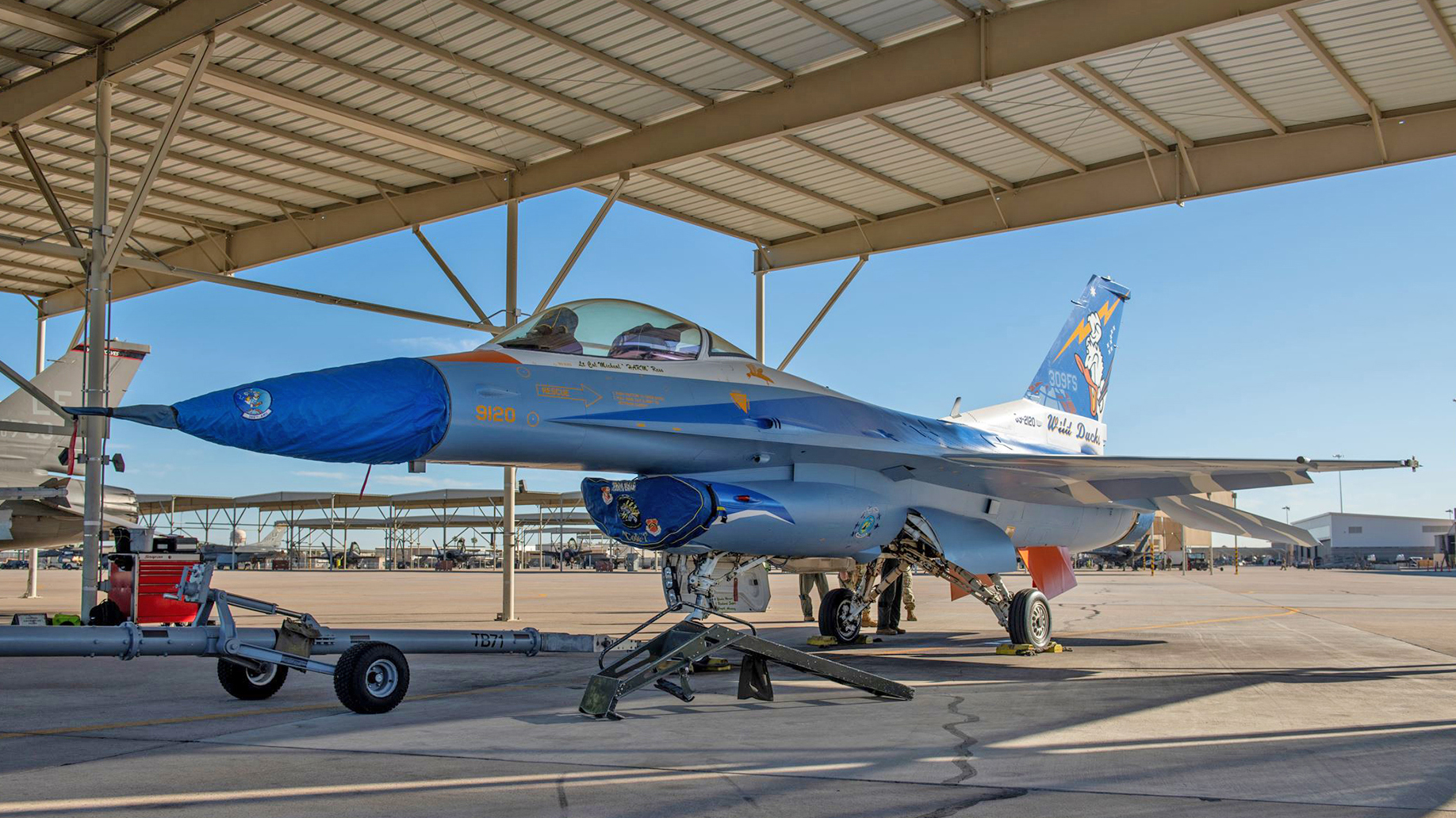A decade ago, Luke Air Force Base, near Phoenix, in Arizona, was teeming with F-16 Vipers as the U.S. Air Force’s primary training base for the type. Since 2014, Air Education and Training Command’s resident 56th Fighter Wing (FW) has gradually relinquished these F-16s to be replaced by brand-new F-35As, as the fifth-generation fighter’s presence expands throughout its fighter squadrons.
Today, just one F-16 unit has a long-term future at Luke and it has just revealed a remarkable new paint scheme to honor the fact. The 309th Fighter Squadron (FS), the “Wild Ducks,” also celebrates its 80th anniversary this year, and it will be the very last F-16 operator within the 56th FW after the joint U.S.-Singapore F-16C/D unit — the 425th FS — relocates away from Luke in 2023. You can read much more about the overall status of Luke operations here.

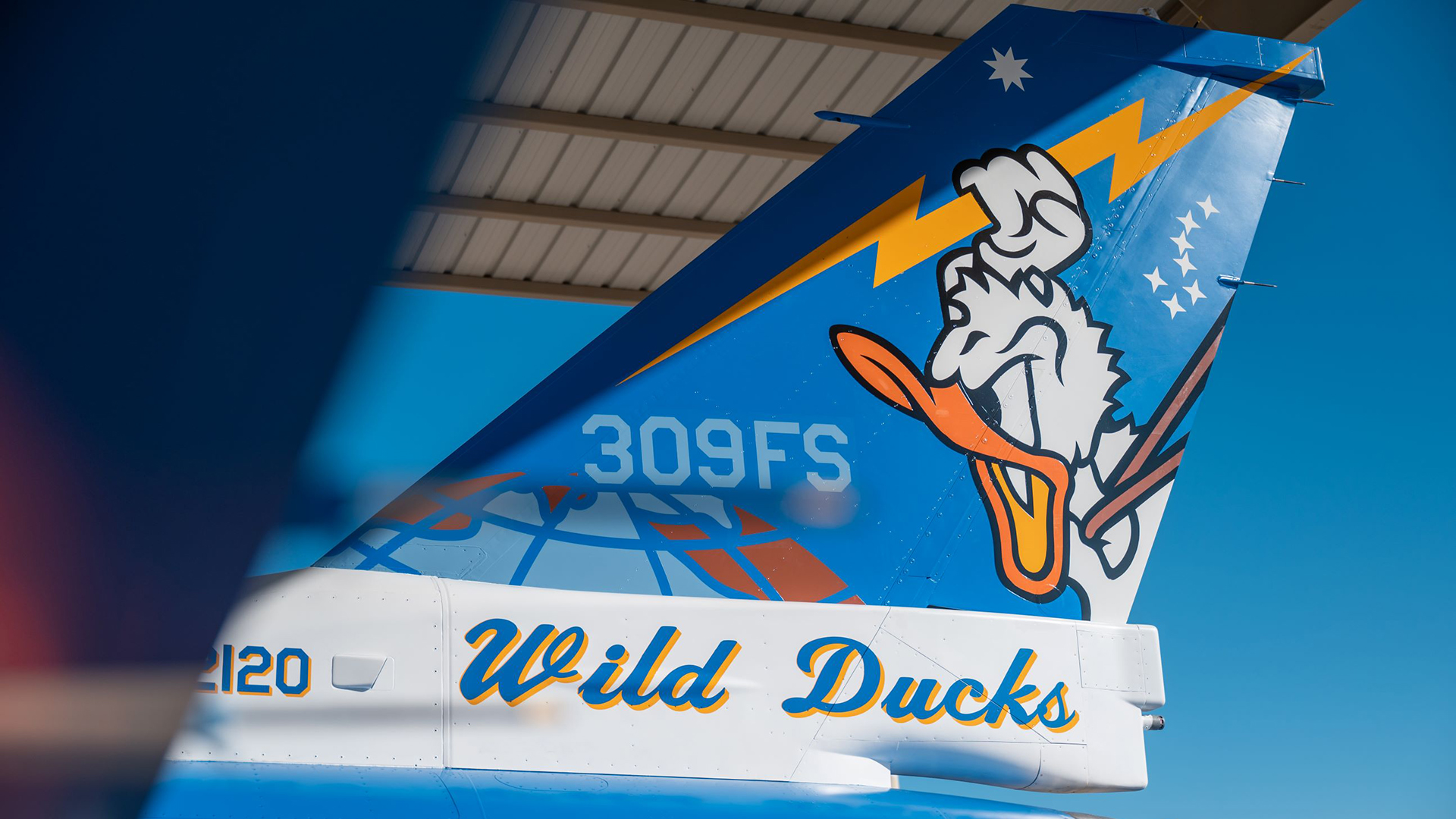
In July, the 310th FS “Top Hats” became the latest USAF unit to bid farewell to the F-16, as it stood down in preparation to reappear as the latest Luke F-35 unit. For the “Wild Ducks” this presented an opportunity to take ownership of the 310th’s newer Block 42 F-16C/Ds, and retire its aging Block 25 Vipers.
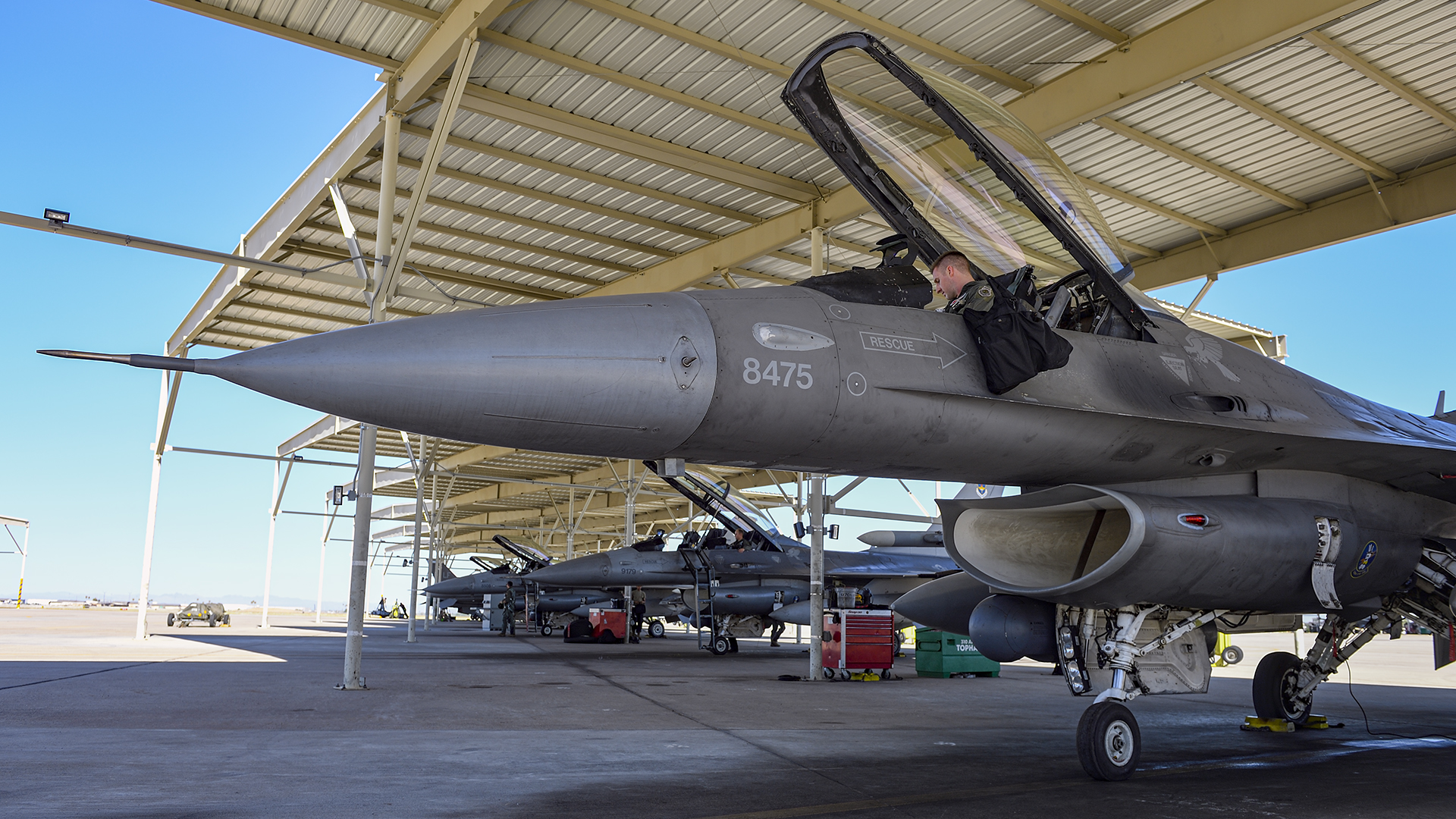
Block 25 F-16s have operated from Luke AFB since the early 1990s. Recent data compiled by “Wild Ducks” maintainers estimates that, over the years, the Block 25 F-16s that once equipped several units at Luke flew some 75,000 sorties, equating to 96,000 flight hours or 11 years of continuous flying. The final 309th FS Block 25 departed Luke on September 19, bound for the boneyard at the 309th Aircraft Maintenance and Regeneration Group (AMARG) at nearby Davis-Monthan Air Force Base.
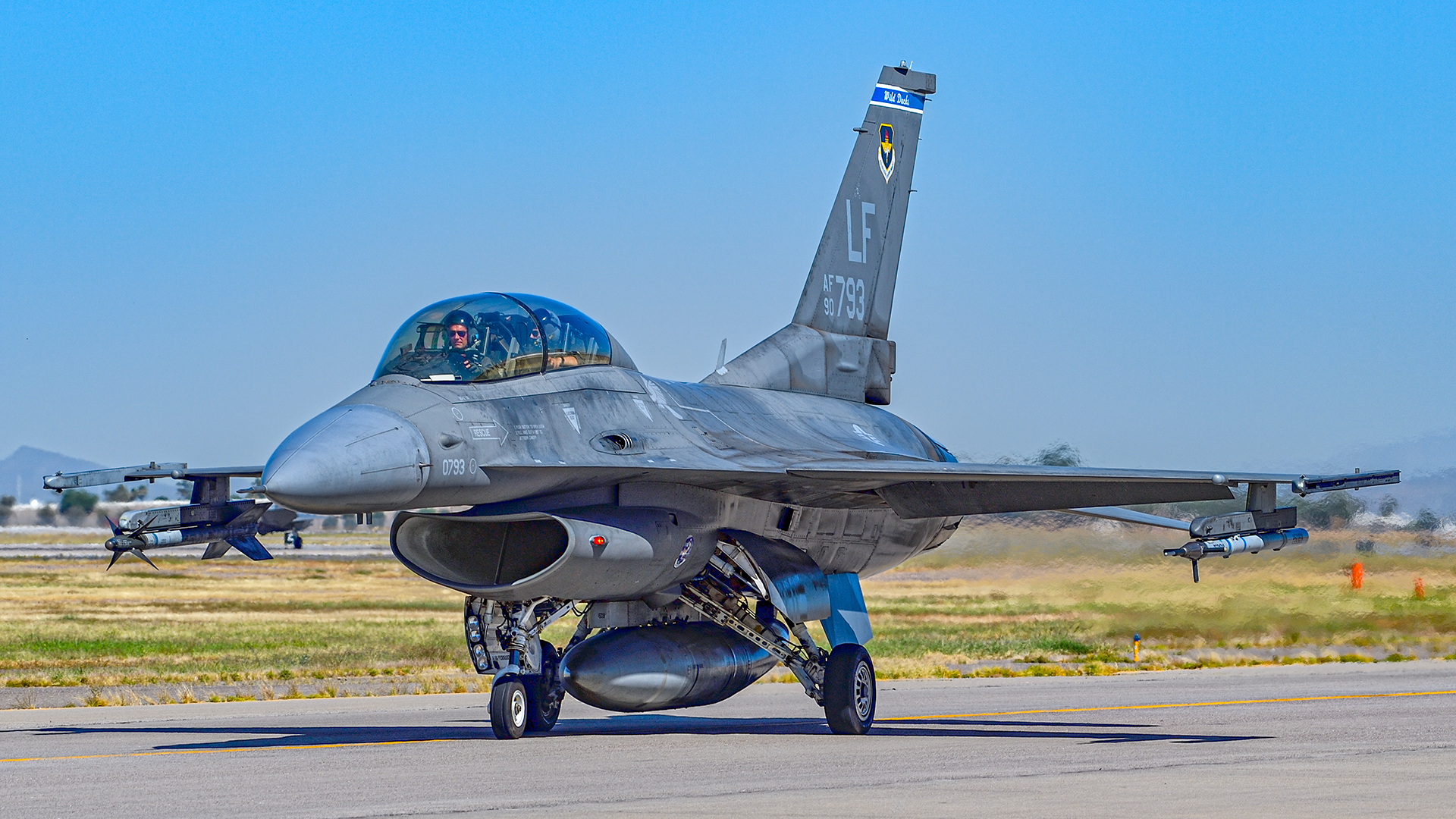
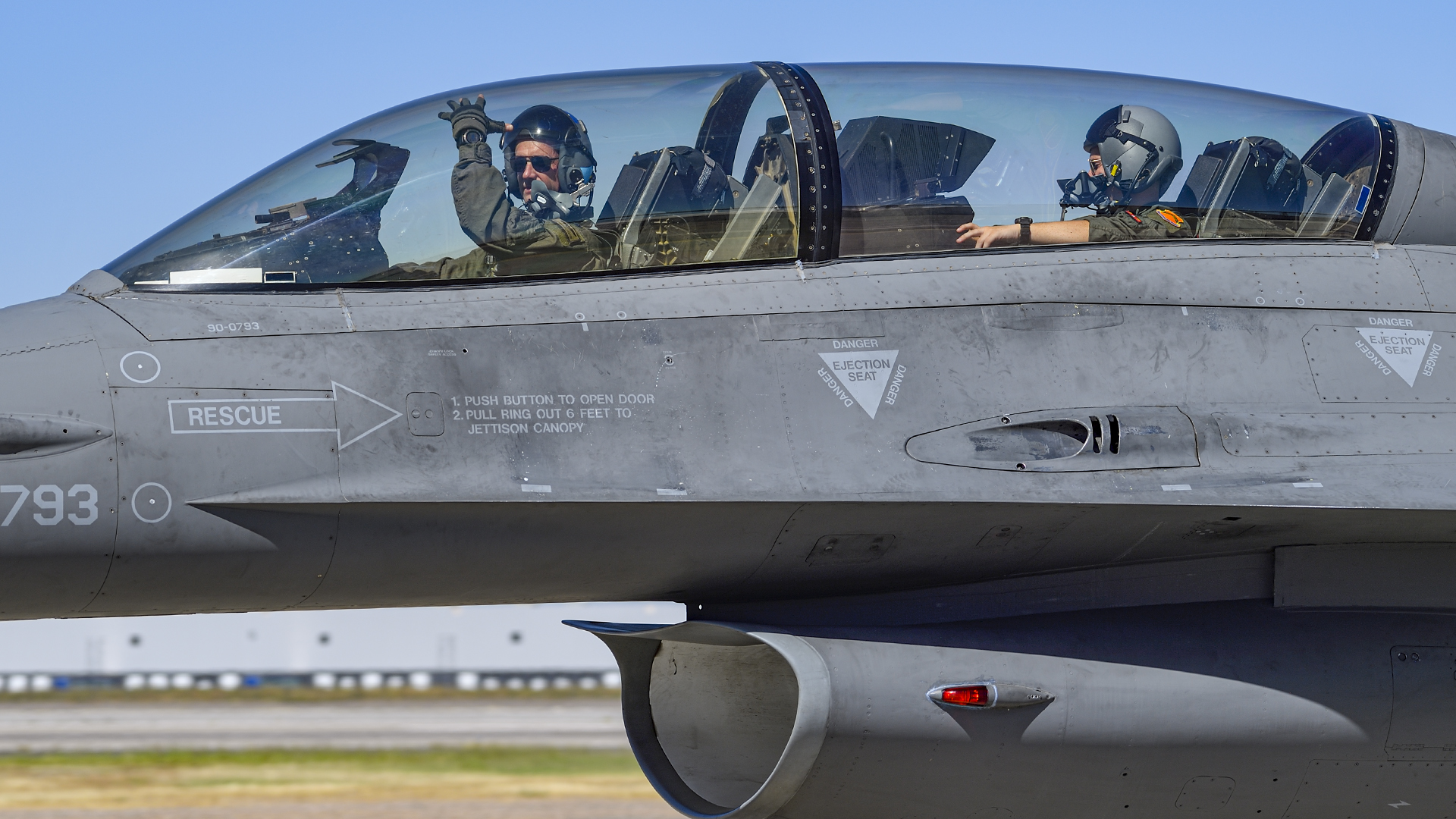
“It’s been a busy summer,” said Maj. Lance “Trap” Tucker, the Director of Operations at the 309th FS. “In July, we started divesting our Block 25s, flying them out as pairs. We had 24 of them total, and we sent 22 of them to the boneyard. Two of the jets have remained here for training new maintainers and for weapons loading. In July, in conjunction with our squadron change of command, the 310th FS ceased as an F-16 operator, and their Block 42 Vipers transferred to us at the 309th.”

“On the maintenance side, the biggest difference between the two Viper Blocks is the avionics package,” commented Capt. Andrew Wanzer. “We effectively joined the two units together, using the remaining folks already trained on the Block 42 to spin up those who are used to the older aircraft. Now we have a total of 27 jets, that’s 11 two-seat F-16Ds and 16 F-16Cs, plus the two ground-training Block 25s.”

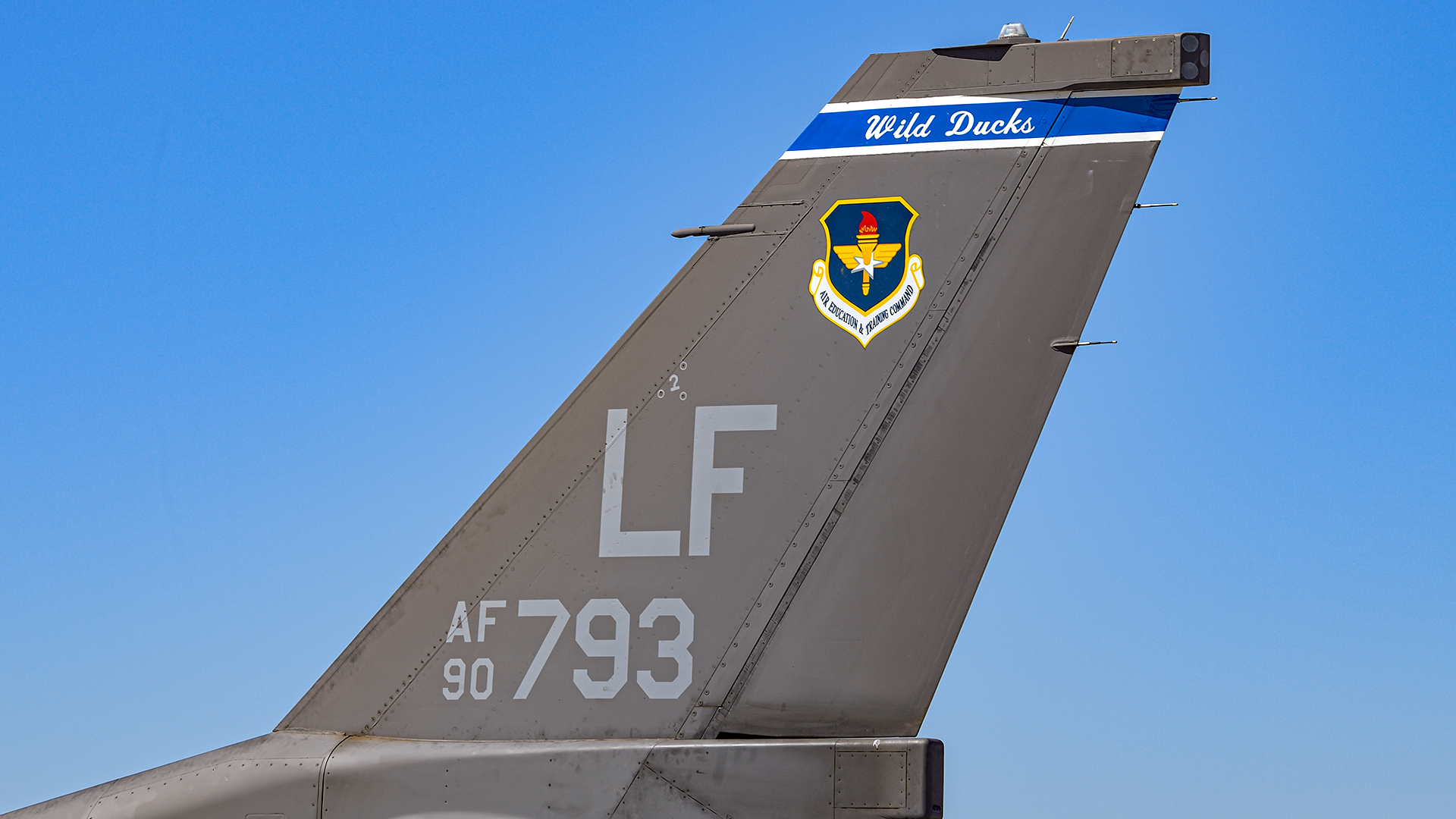
“On the pilot side, the transition isn’t too challenging,” adds Maj. Tucker. “A lot of us at the 309th were already qualified in the Block 42, so that was a very easy transition. We had some normal outflow from the squadrons and some guys going to the F-35 too, so it was seamless on the operations side.” The 310th FS had been a traditional Basic Course (B-Course) F-16 training unit, converting new pilots to the F-16. It also had a tertiary role in teaching the complexities of the Forward Air Controller – Airborne mission, known as FAC-A.
“In preparation for the transition, the 309th graduated our last B-Course in March 2022, and then we ran a few F-16 transition courses and senior officer conversion [SOC] classes to bide our time while we transitioned and moved buildings. Now, we are back up to full speed running B-Courses and a little bit of that FAC-A role as well,” explains Tucker.
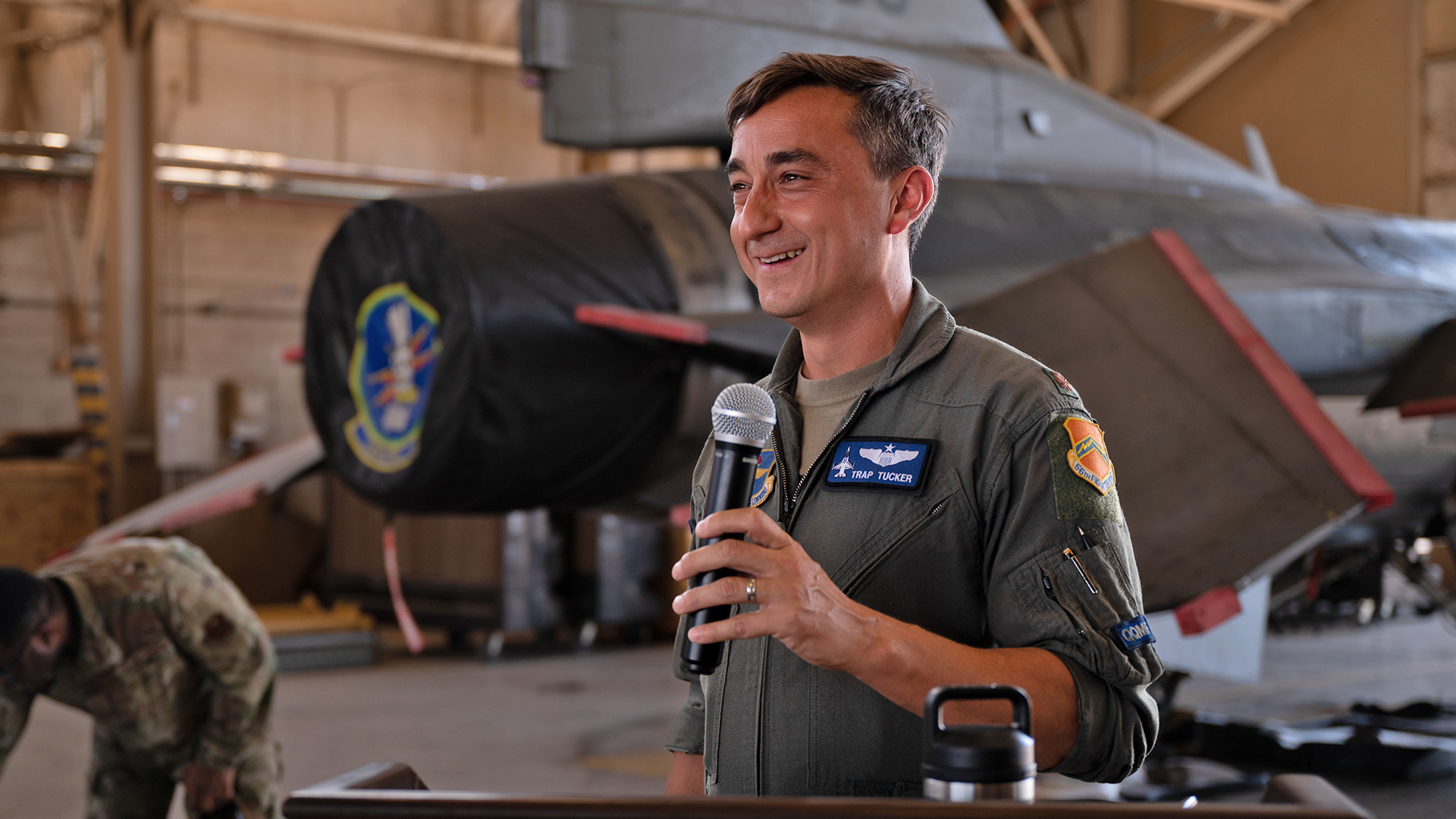
“Our Block 25s were the oldest jets remaining in the USAF aside from a handful of the same standard jets that still fly with the Nellis aggressors. Running a training course with these jets had some challenges because once the student pilots graduated to their combat squadrons they’d have to adjust to the more modern variants of the Viper. Our Block 25s hadn’t been upgraded for over a decade and we were still flying SCU-7 [Software Capability Upgrade] standard jets, which had the Situational Awareness Data Link [SADL] and no helmet sight, so the biggest thing students had to spin up on post the B-Course was the Joint Helmet Mounted Cueing System [JHMCS] and Link 16 datalink. Without those nice toys on the Block 25 course, we just had to focus on fighter pilot skills such as flying formation and flight-lead work.”
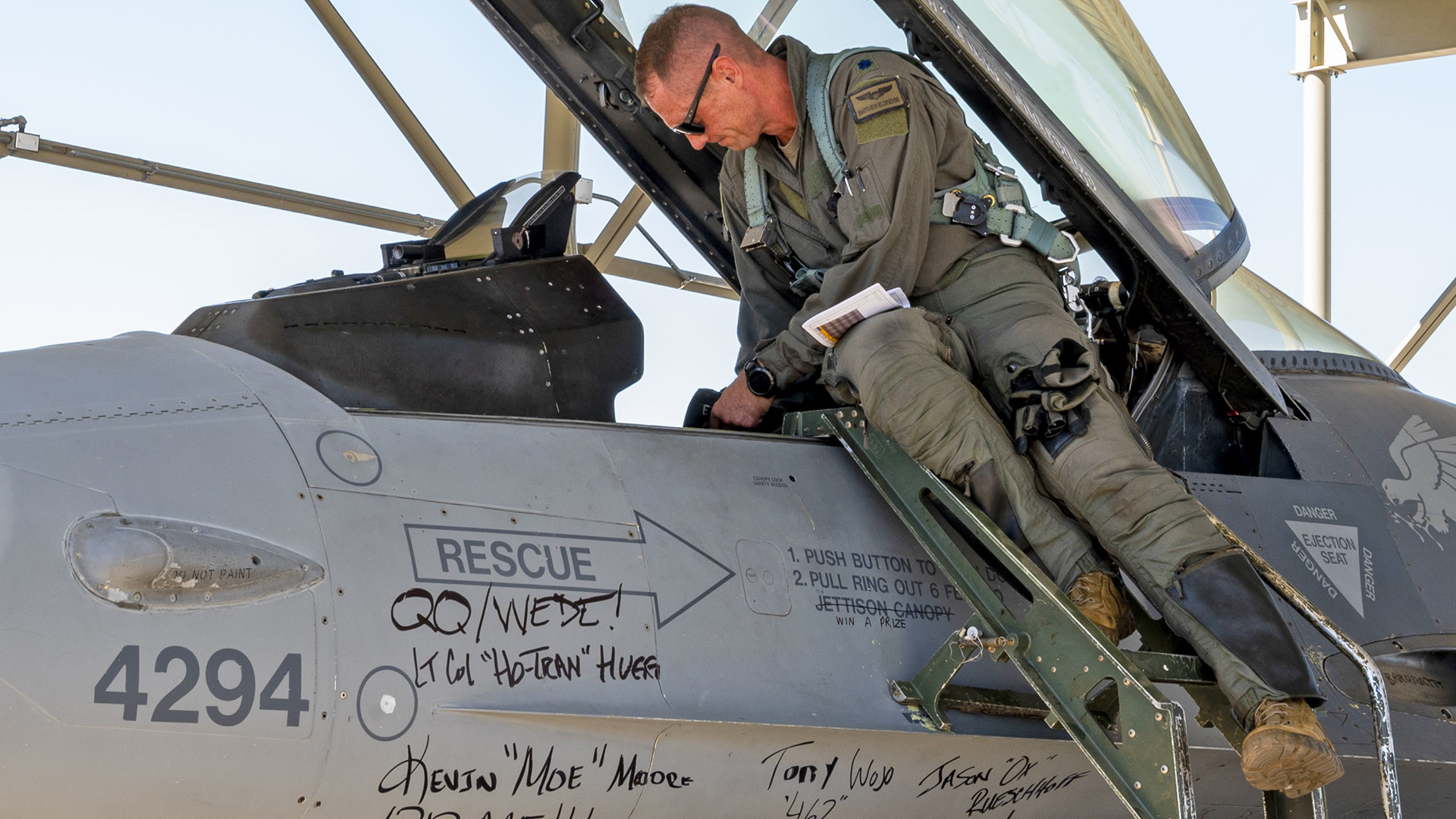
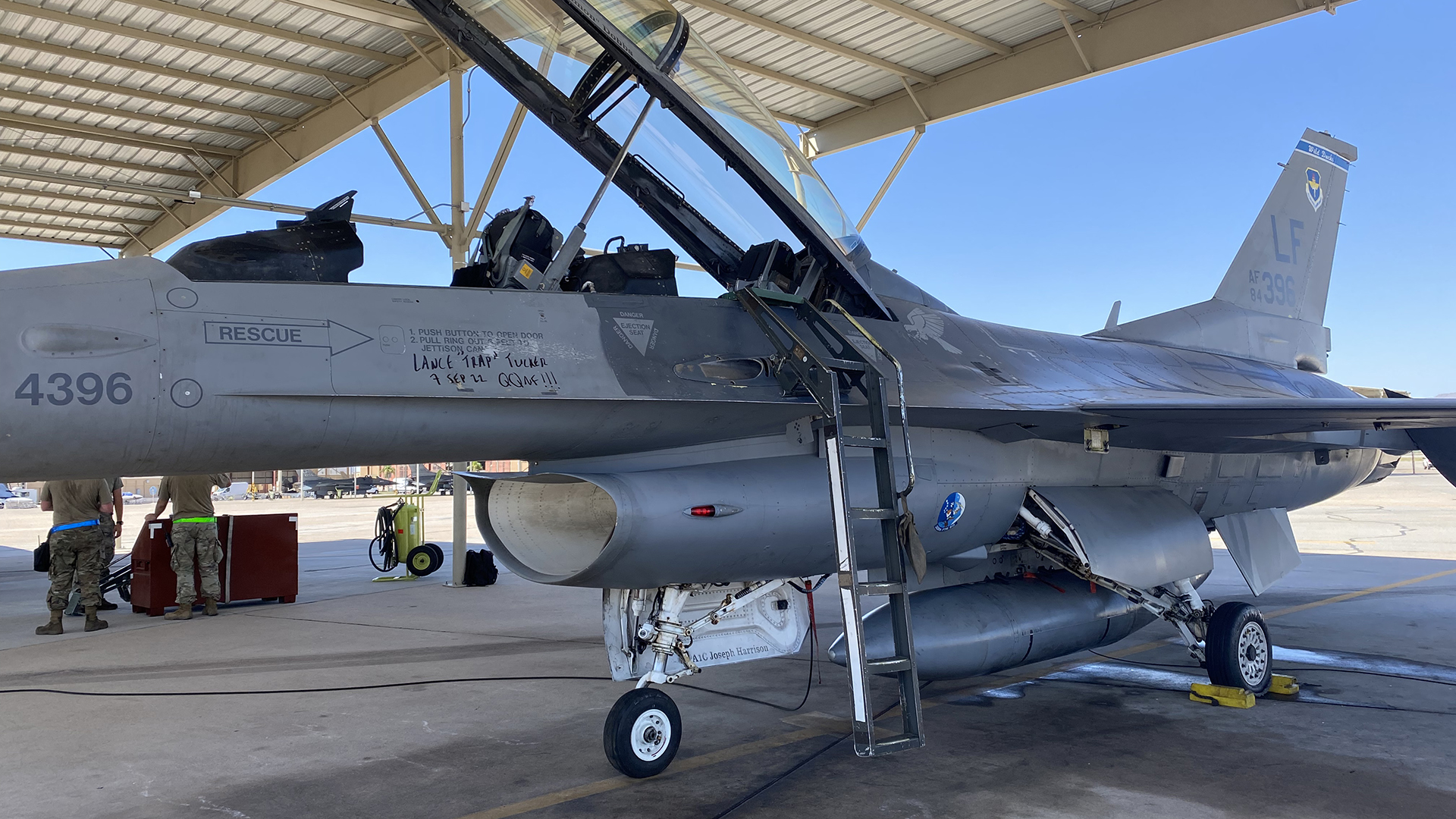
As the 56th FW rationalizes on a single F-16 squadron, much of the Viper training burden has been migrated to Holloman Air Force Base in New Mexico, along with training squadrons in Tucson and in San Antonio, Texas. Yet the pilot-production capacity still calls for the “Wild Ducks” to continue at Luke.
“There’s still capacity for us to continue operations here alongside the F-35s,” says Tucker. “We will continue to run around 20 B-Courses per year and our current class graduates in November. These guys started their Viper flying with the 310th and we just did a patch swap to bring them over to the “Wild Ducks.”
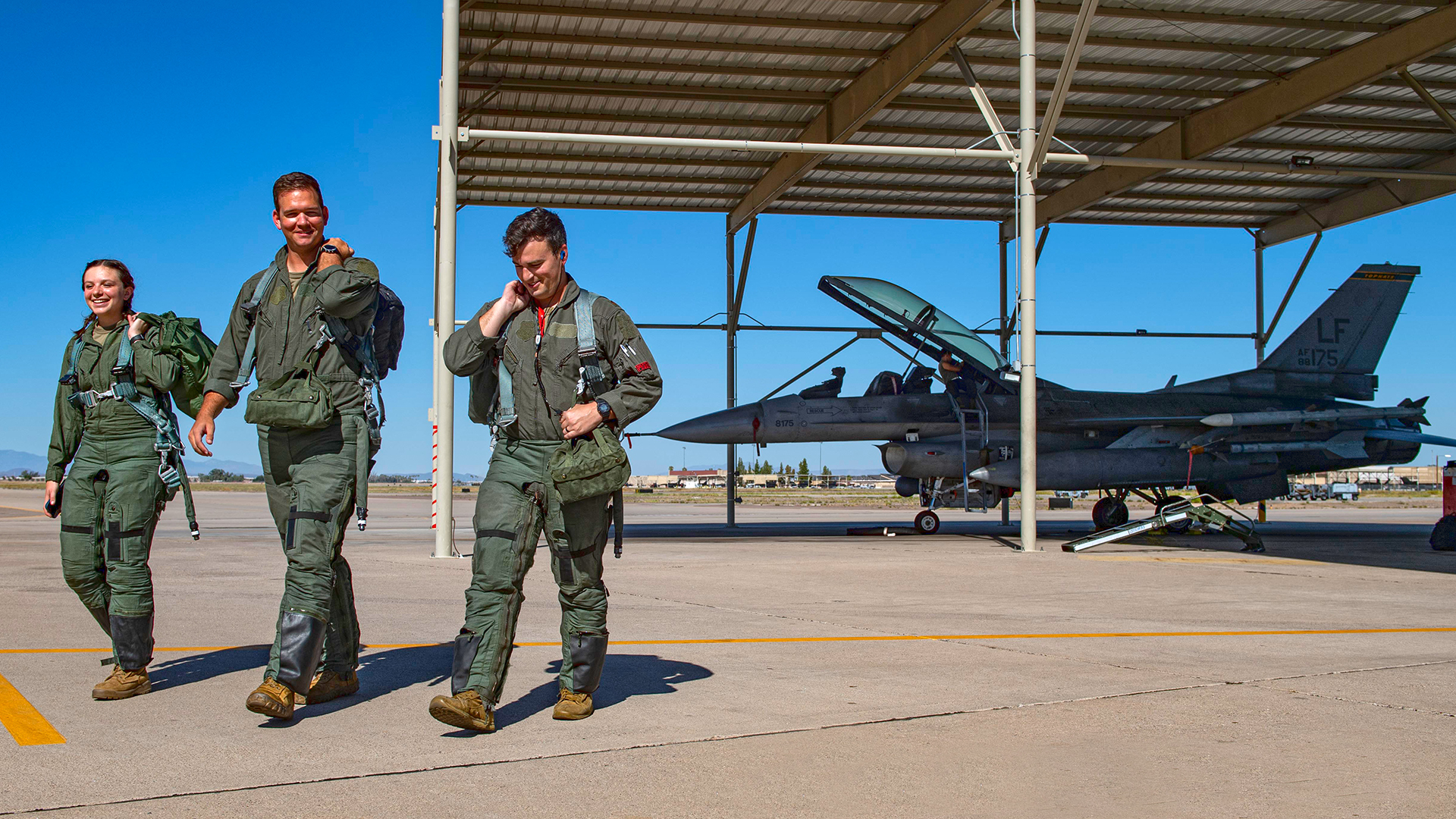
As for the Block 25 F-16s, Capt. Wanzer says a portion of the old “Duck” jets will bask in the boneyard’s Arizona sun indefinitely, while the single-seat F-16Cs have been immediately earmarked as some of the last Vipers for conversion to QF-16 Full-Scale Aerial Targets (FSAT). It means these old warriors still have some flying life left in them, albeit doomed to be downed by air-to-air missiles in testing or realistic training exercises in New Mexico or Florida.
Contact the editor: Tyler@thedrive.com
